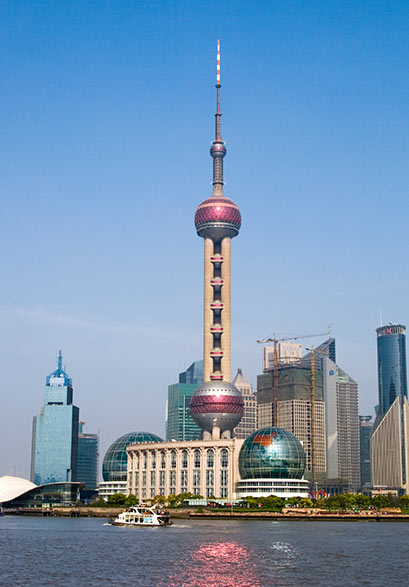China is now Australia's largest two-way trading partner in goods and services which is valued at A$212.9 billion (2019), our largest source of merchandise exports (A$134.6 billion in 2019), and our largest source of merchandise imports (A$78.3 billion in 2019).
With China's growing middle class moving away from traditional food staples there are significant opportunities for higher protein foods such as beef, lamb and premium horticultural products. Resources, however, still accounts for the bulk of our merchandise exports. As the economy deveops further into a consumer market we will see demand for a more diverse range of products, so prospects for continued growth in our trade relations are very good, providing the Government can maintain positive, mutually beneficial relations at the national level. To reduce this political risk, however, we do strongly recommend to consider third party/country agreements e.g. manufacturing or processing in a different country, rather than shouldering the risk of dealing direct into China.
Australia's services exports to China are valued at A$18.4 billion (2019) and are dominated by educational and recreational travel. China is Australia's largest source of overseas students, with more than 150,000 students studying in Australia on a student visa in August 2019.
China's direct investment in Australia has been rapidly expanding, reaching AUD$63.4 billion in 2019, and is one of the fastest growing sources of FDI.
| Population | 1.3 billion (2019) |
| GDP | $ 14,140 billion (2019) |
| GDP per Capita (nominal) | $ 10,098 (2019) |
| GDP growth | 6.1% (2019) |
| Inflation | 2.3% (2019) |
| Key Industries | Automobiles, iron and steel, textiles, equipment manufacturing, shipbuilding, electronics and information technology, petrochemicals, light industries, non-ferrous metals and logistics. |
| Import Partners | Korea 9.7%, Japan 8.5%, , Taiwan 8.4%, Australia (6th) 4.9% (2018) |
| Export Partners | USA 19.2%, Hong Kong 12.1%, Japan 5.9%, Australia (13th) 1.9% (2018) |

